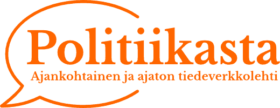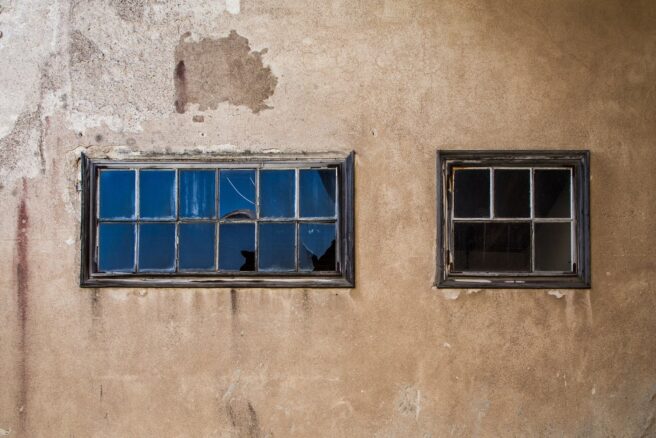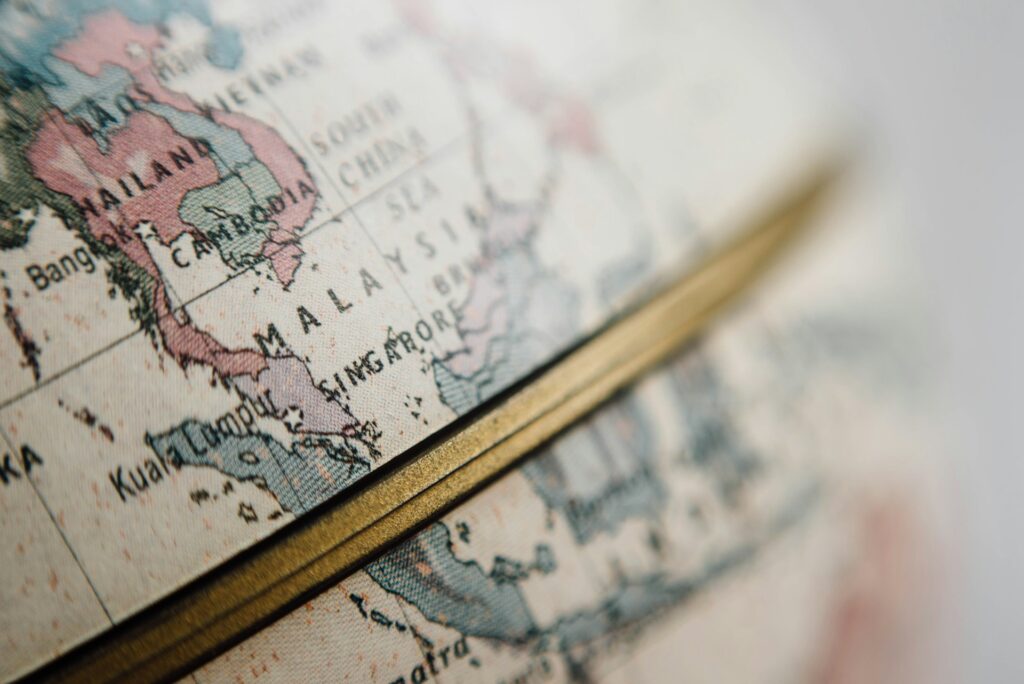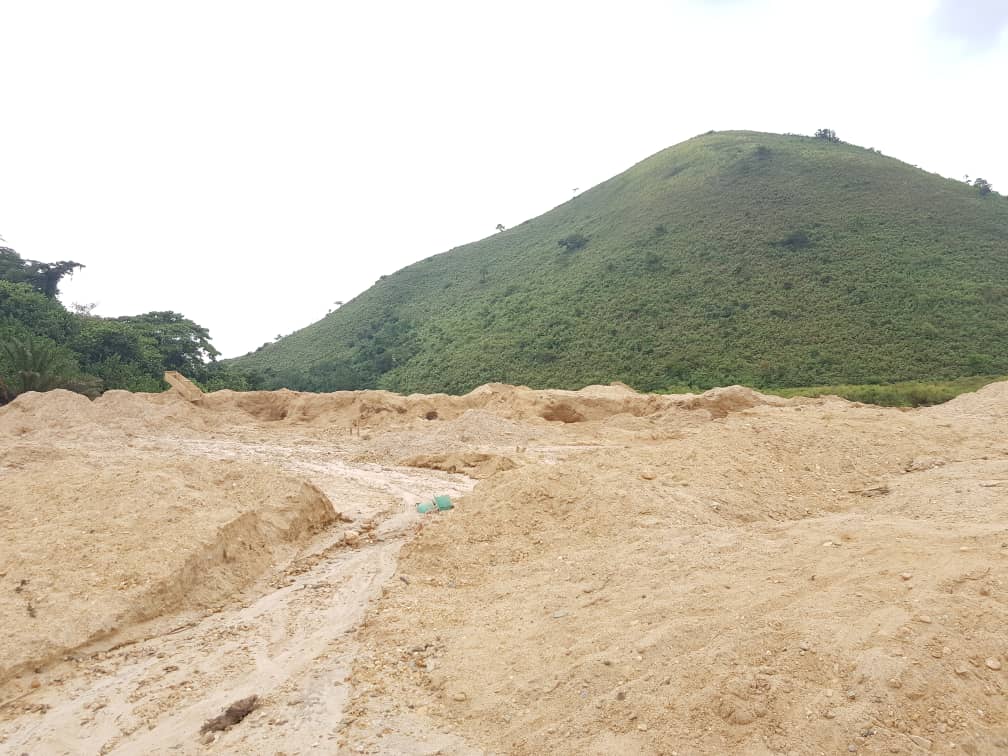Before new development goals to reduce inequalities can be effectively turned into practice, there must be a consensus on what inequality is and how exactly it is linked to poverty, Riina Pilke writes.
The global landscape of poverty has been changing even more rapidly than the immense development aid machinery, principles of which originate from the 1960s when a part of the world was as poor as the other part was rich. In today’s global and interconnected world, poverty, development, development cooperation and its ethics are far more challenging to define. As the Millennium Development Goals (MDGs) are coming to an end, the donors are, yet again, reflecting on how the world has become a better place since the introduction of the goals, which ones of them are keepers and which ones are not.
The MDGs have resulted in great improvements in the lives of the poorest and extreme poverty has been halved since 1990. The welfare, however, has never been more unequally distributed than it is today. Development is no longer a question of aiding poor countries out of the poverty cycle, but a far more complex task that begins by determining who is poor, why and where, in the first place, followed by what should be done, by whom and with what means, involving the whole arsenal from development cooperation to social contracts.
In the revamped MDGs – the new Post-2015 development framework, fighting inequality is becoming an essential element of the fight against poverty. But first, before new goals to reduce inequalities can be effectively turned into practice, there must be a consensus on what inequality is and how exactly it is linked to poverty.
On the Definitions of Absolute and Relative Poverty
How poverty should be defined has always been a source of discussions in international fora. The answer to “who is poor” depends on whom one asks the question. Economists have traditionally favoured absolute poverty lines, which were originally introduced by the World Bank and have varied from living under 1 to 2 USD per day. At the state level, OECD Development Assistant Committee’s (DAC) division between Low Income (LICs), Middle Income (MICs) and High Income Countries (HICs) is the most popular categorisation to determine who is poor and therefore eligible for development aid. The DAC list itself, in turn, originates from the World Bank, more precisely its lending categories. These definitions of poverty continue to be used by most donors.
The existence of absolute poverty measures may be defended for several reasons, but more telling about the state of the world seems to be the poverty as measured in relative terms. The economist approaches have generally measured relative poverty through purchasing power parity or income disparity, but the world is changing and so are the needs of it. The word inequality is now on the lips of all development policy makers, yet too often it boils down to income inequality, which seems to become the preferred target of research and a problem to be tackled, perhaps simply because of the measurability of that particular challenge.
Income inequality provides useful grounds for measuring inequality but by itself is not enough for grasping a full picture of the problems that derive from inequality in the world. In the search of definitions of poverty, the broad notions of (relative) poverty that mix socio-economic factors and material and non-material deficiencies are becoming increasingly popular. These approaches are interested in the lack of personal capabilities and opportunities, for example in the form of denied access to basic social services and decision-making processes. In such poverty explanations, human rights, power relations and polarisation in society come to the fore of the analysis. The challenge for these capability approaches and social capital views on poverty and inequality lies in their measurability and user-friendliness in the practical development cooperation. They have not been successfully translated into programming, not the least because of the challenge of turning these, to some extent, subjective experiences into more universal quantifiable targets in programme formulation.
There is an increasing recognition that inequality indeed is a problem that creates and fuels poverty. But what the relationship is and what kind of dynamics poverty, inequality, economic growth and development create in a society still seem somewhat blurry to everyone. For now there is no common comprehensive understanding on what inequality is in a development context. When it comes to development cooperation, in the efforts to determine who is poor and who is not, a crucial choice of approach is whether to define poverty at a country or at an individual level, and whether to settle with the traditional OECD classifications or to develop new parameters. The very question affects around 1,2 billion poor in the world today perhaps more than ever before, as donors are increasingly focusing on the development cooperation in the poorest countries. Unfortunately the reality seems to suggest that other approaches must be found.
The New Geography of Poverty
The world generally has boasted with fast economic growth in the past decades. Many countries have moved from Low Income (LIC) to Middle Income (MIC) category according to the OECD classification. The growth of the Asian tigers has been a success story that no Western donor saw coming. Also countries such as South Africa, Nigeria, Ecuador and others alike have experienced huge economic growth, moving them up the ladder to the MIC group. Economic growth has been good for the countries and especially for the world’s development statistics, but it has led to a massive shift of poverty into the MIC category. Just two decades ago 93 % of the world’s poor lived in countries classified as LICs, while today over 70 % of the world’s poorest live in MICs. China, India and Nigeria, which surpassed South Africa as the largest economy in Africa earlier this year, are the top three countries that host the largest percentages of poor populations. Together the three countries are a home of roughly 55 % of the world’s poor. The fact that so many people continue to live in extreme poverty in countries with the annual growth rates between 5 and 7,7 % suggests that the problem is indeed not a question of economic growth but a challenge in distribution (and re-distribution) of wealth.
On the Definitions of Development Cooperation
The definition of Official Development Assistance (ODA) has not changed since 1972. While the general classifications between the poor and the rich have hardly changed either, the ideas of how, by whom and for whom development is best achieved have changed a great deal during the past decades. Marking one shift in the discourse in 1990’s and in the new millennium, the MDGs resulted from a realisation that economic growth alone is not enough to answer to the world’s developmental challenges. The MDGs quickly became the set of goals that everybody agreed on and started working towards. Now, as the MDGs are about to come to an end, the international community has realised that these goals were still not enough and we continue to be on red alert for poverty, rising inequality, population growth and overconsumption of the world’s resources.
Absolute poverty continues to be a severe challenge in some parts of the world, but relative poverty and inequality seem to become equally acute problems to which solutions are thus far limited. Economic growth, admitted also by the OECD, does not automatically lead to the achievement of other development goals, and socio-economic development in countries that have experienced rapid economic growth is characteristically lagging behind. Growing inequality and polarisation have often been linked to other social problems and political unrest – factors that should motivate the search for sustainable solutions for development, peace and prosperity. For improved development outcomes there is a need for also qualitative but measurable goals to achieve poverty eradication and ensure not only the equality of opportunity regardless of one’s social, ethnic, cultural or sexual background in future development, but also fight the already existing inequalities.
Towards the New Development Agenda
Despite this realisation, the development actors are far from finding answers to crack the deepening inequality problem in the world. Although there is much sympathy towards the problem of inequality, the international community is yet to agree on the exact definitions of inequality, its sources, and measures to be put in place in order to make the world more developed, equal and sustainable for all. The clock is ticking for the development community to come up with a new improved development agenda, the Post-2015 framework. The proposal, which is being intensively discussed all over the world, is a more ambitious attempt to address the challenge of inequality than the current MDGs, containing specific targets to reduce inequality. This alone is an important improvement, but it puts a lot of pressure on the success indicators, which should be as clear and concrete as possible in order to be useful tool for development practitioners. The indicators should also reflect inequalities beyond income, including inequalities in basic standard living conditions, as well as in higher level capabilities.
Whatever Post-2015 Agenda is agreed on by January 1st 2016, it will only be as strong as the commitment of the parties to work towards its goals. In today’s hybrid and interconnected global web of relations, the donors often continue to have double standards with respect to many partner countries. This is for example exhibited in the European Union partnerships with some MICs, where the EU ceases supporting social development to change the relationship into an economic one, while stressing the importance of social issues and tackling inequality in other arenas. Development cooperation may not be the answer to inequality and other persisting development challenges, but coherence and responsibility as international actors will be eventually the key for reaching sustainable development equally everywhere.
Article image: Kerttu / Pixabay




